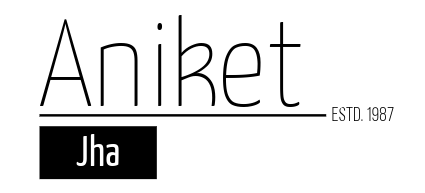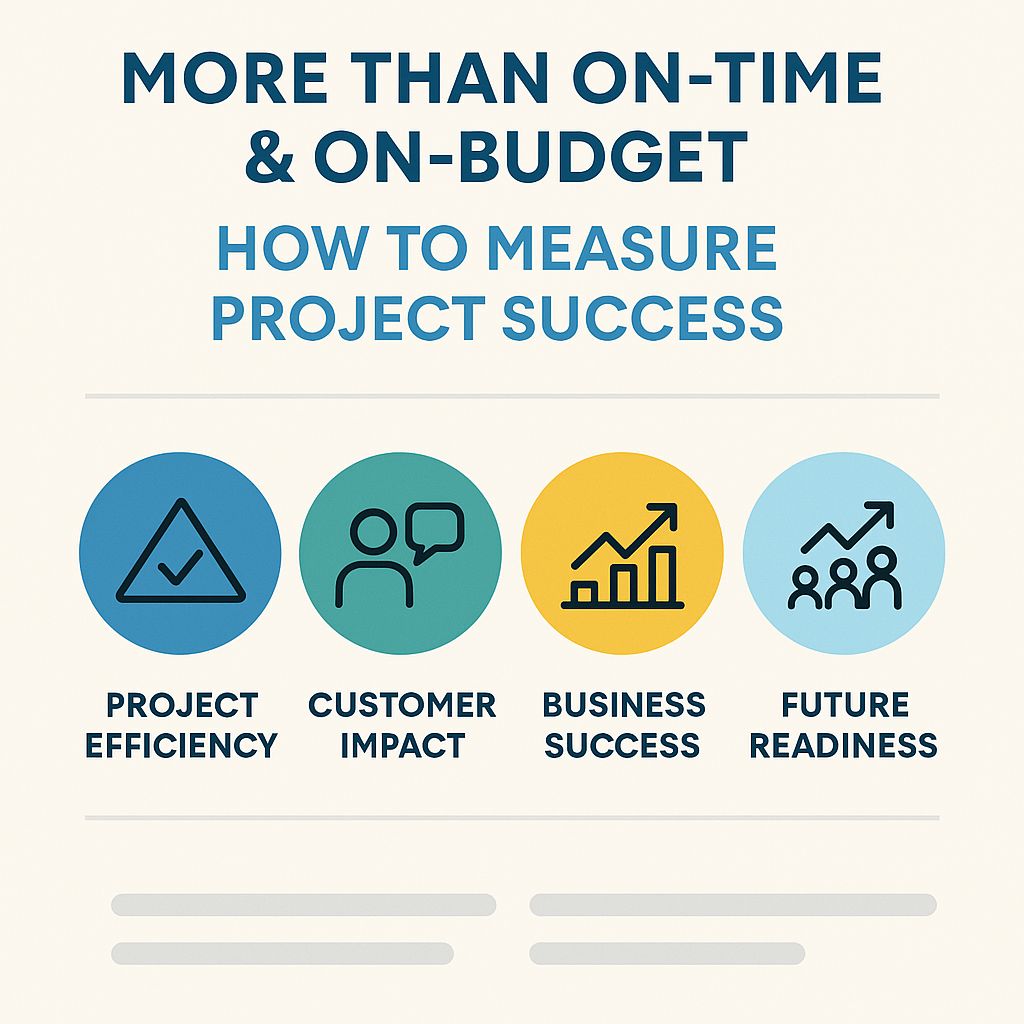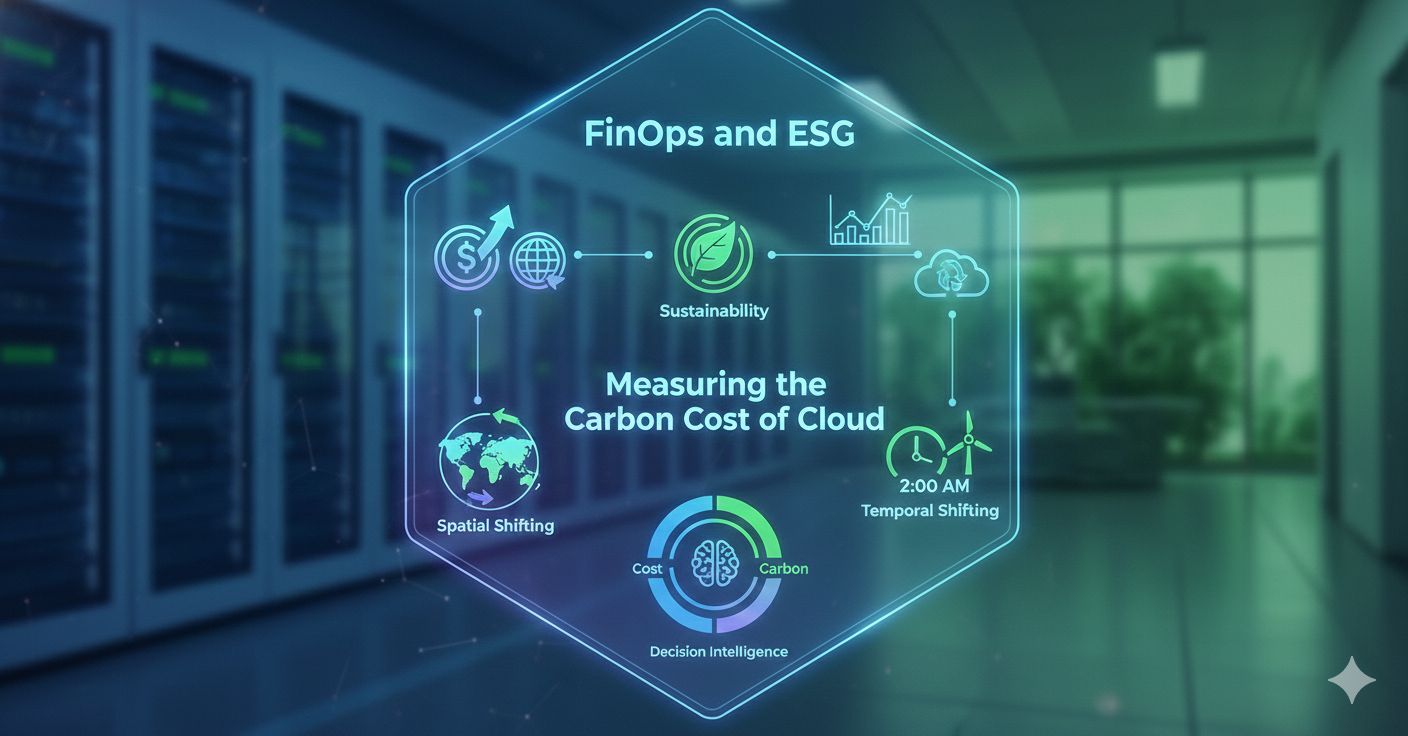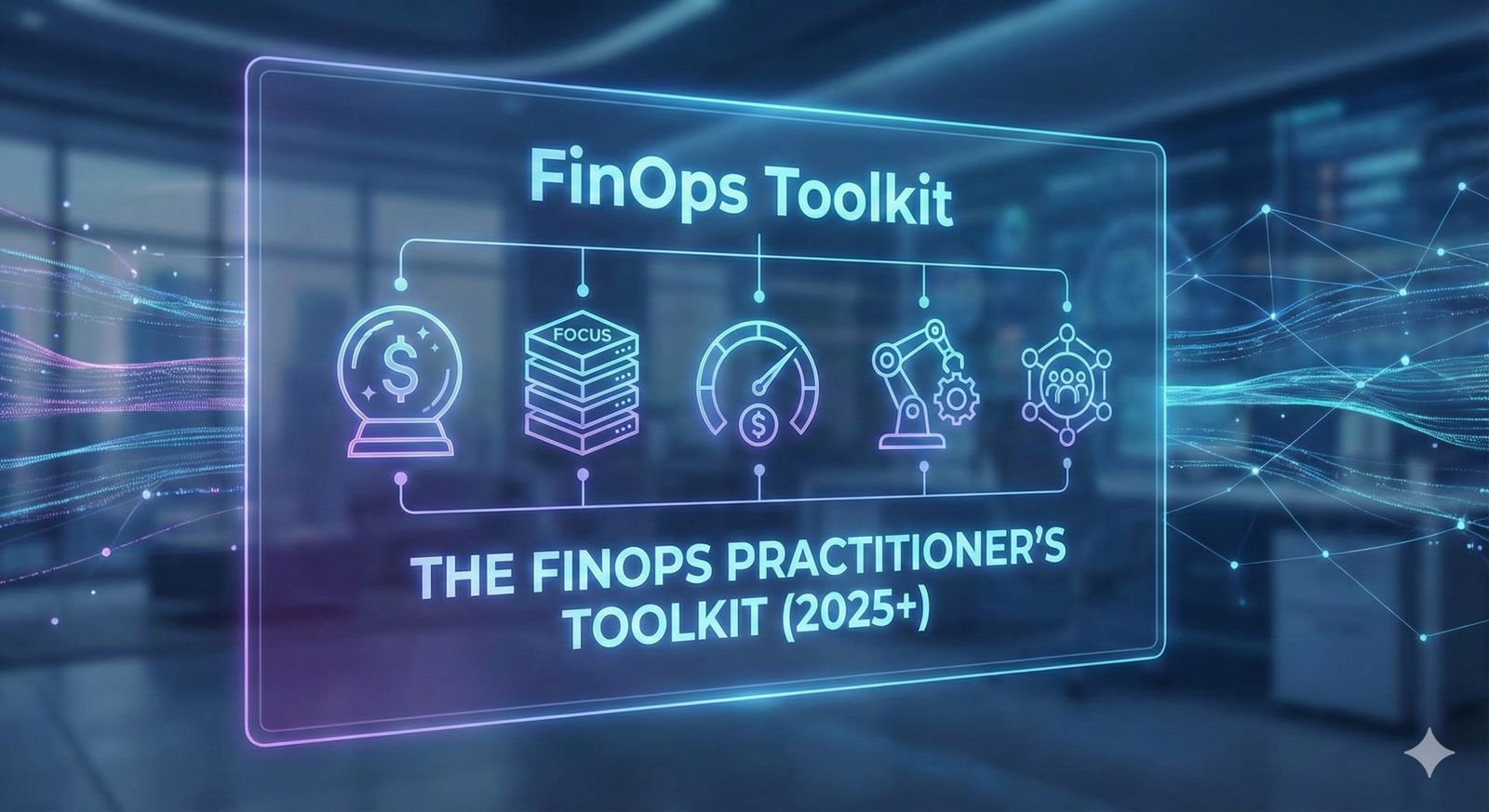“You can finish a project on time and within budget and still fail.”
That statement might sound like heresy in traditional project management circles. But in today’s outcome-obsessed, value-driven world, it’s a truth every modern project manager must reckon with.
For decades, the holy trinity of Scope, Time, and Cost; the so-called Iron Triangle, has been the default measure of project success. Yet countless projects have ticked all three boxes only to gather dust: underused, unloved, and ultimately irrelevant.
So how do you really measure project success ?
And what separates a good project manager from a great one?
Let’s break down modern success metrics tangible and intangible, strategic and emotional and gives you frameworks, checklists, and real-world indicators to evaluate project outcomes more holistically.
Traditional Metrics Still Matter (But They’re Not Enough)
The Iron Triangle Scope, Time, Cost still holds relevance. Delivering what’s promised, on time, and within budget is table stakes.
But here’s the hard truth:
- You can launch a product flawlessly but solve the wrong problem.
- You can meet the deadline, but build something nobody uses.
- You can stick to budget, but derail the company’s long-term strategy.
Efficiency does not equal effectiveness. And project management must evolve to reflect that.
What Is a Truly Successful Project Manager?
Today the project manager wears many hats and most of them are strategic.
A successful project manager is:
- A strategic navigator aligning deliverables to business goals
- A change agent who champions transformation, not just execution
- A stakeholder whisperer managing diverse interests across the organisation
- A team culture builder who boosts performance without burnout
- A data-informed decision maker tracking value beyond output
Project management is no longer just about checklists. It’s about leading change.
2 Proven Frameworks to Measure Project Success Holistically
1. The Five Dimensions of Project Success (Shenhar & Dvir)
| Dimension | Key Question |
| Project Efficiency | Was it on time and within budget? |
| Business Success | Did it meet or exceed business KPIs? |
| Customer Impact | Are users satisfied? Is adoption high? |
| Future Readiness | Did it build future capabilities? |
| Team Development | Did the team grow and perform sustainably? |
2. Balanced Scorecard for Project Management
Measure success across these four domains:
Financial – ROI, cost optimization, revenue impact
Customer – Satisfaction scores, NPS, engagement
Internal Process – Quality control, delivery efficiency
Learning & Growth – Skills, innovation, team retention
Tangible vs Intangible Project Success Metrics
| Tangible Metrics | Intangible Metrics |
| On-time delivery | Stakeholder trust |
| Budget adherence | Cross-functional collaboration |
| Scope completion | Positive user sentiment |
| Quality benchmarks met | Team morale and psychological safety |
| High user adoption / NPS | Culture of learning and continuous improvement |
Tangible metrics prove delivery. Intangible metrics determine lasting impact, often define true success and whether your next project gets buy-in or resistance.
Why is Project Success Make-or-Break?
Projects aren’t just tasks, they’re transformation vehicles.
- A CRM migration can either unlock sales velocity or destroy pipeline visibility.
- A digital transformation can streamline operations or waste millions on underused tech.
- A compliance project can protect your company or leave you legally exposed.
Project managers are now business-critical operators. They hold the steering wheel of growth, innovation, and resilience.
Tools to Track and Improve Project Success
Here are practical tools to embed success measurement in your workflows:
- Project Health Radar – Ongoing pulse checks across risk, scope, and sentiment
- Retrospective Library – Document lessons learned for org-wide improvement
- Stakeholder Feedback Loops – Use mid-project surveys, not just post-delivery ones
- OKRs (Objectives & Key Results) – Align outcomes to strategic impact
To help you embed these principles into your next project, use this free checklist:
Download: Project Success Metrics Checklist
It covers tangible + intangible indicators so you can measure what really matters.
Final Thoughts: A New Definition of Project Success
A successful project today is one that:
- Creates real business value
- Solves a meaningful user or operational problem
- Is embraced by the people it was built for
- Strengthens the team and systems
- Leaves momentum behind, not burnout
And a successful project manager?
One who leads with clarity, strategy, empathy and a deep focus on outcomes, not just outputs.




